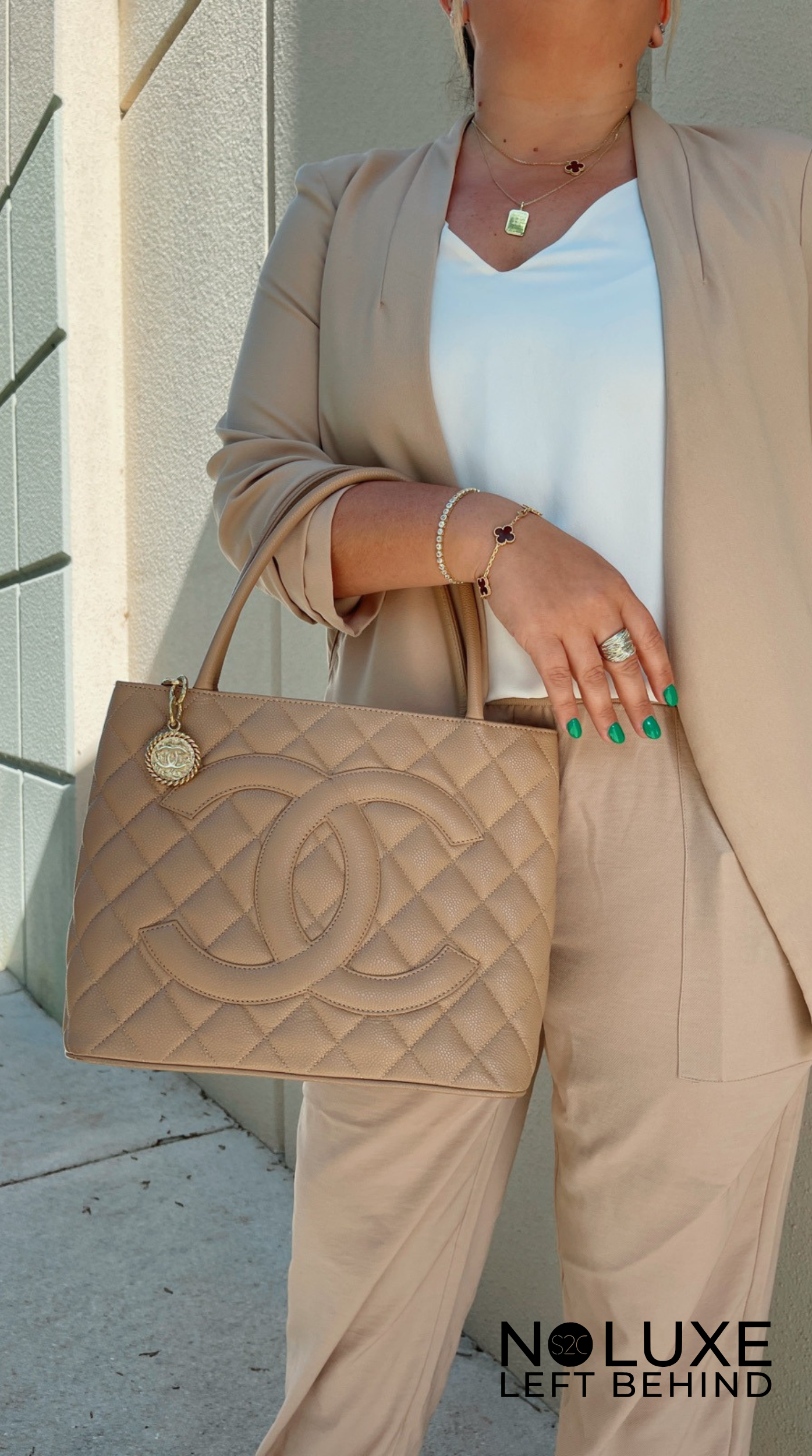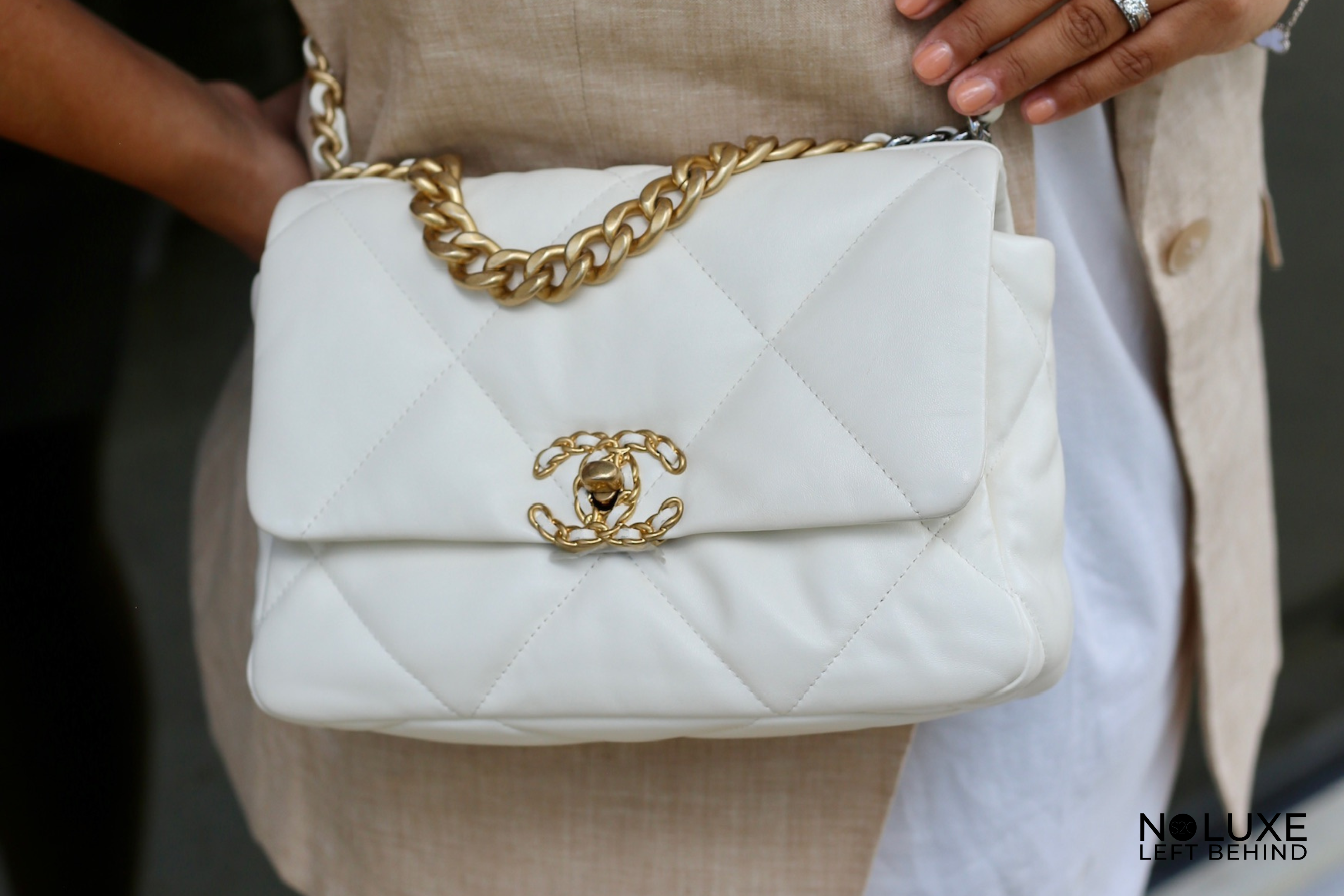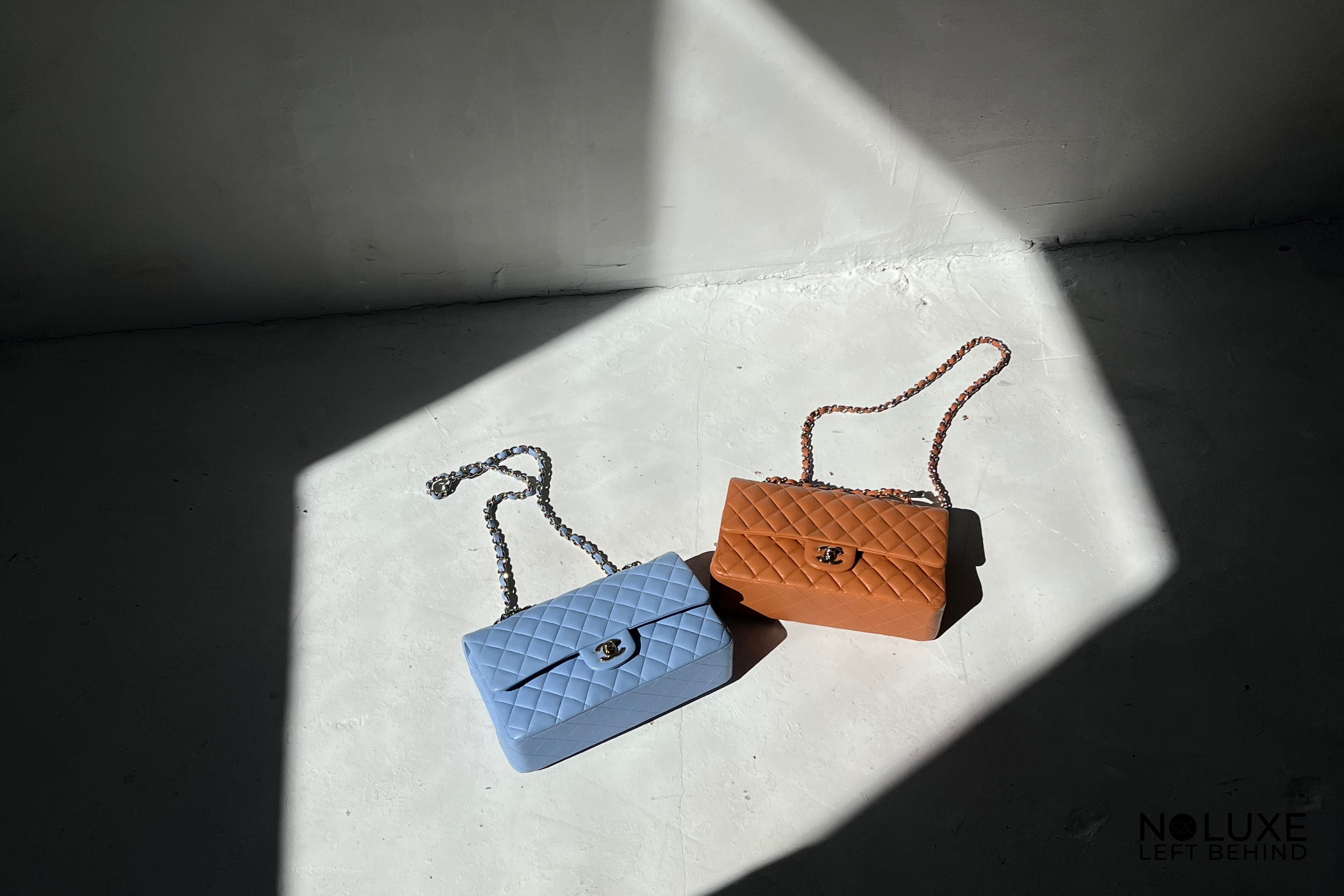
Beyond the Dust Bag: Smart Storage Solutions to Preserve Your Luxury Handbags
Whether it's a classic design you'll love forever or a trendy piece you're enjoying now, taking good care of your handbag ensures its longevity and beauty. But are you storing it in a way that truly protects it? Even unintentional neglect during storage can lead to preventable issues like creases, color transfer, misshapen forms, and material wear.
Protecting your cherished handbags involves more than just tucking them away in their dust bags. Thoughtful luxury handbag storage is key to keeping them in beautiful condition. Every treasured handbag deserves care that matches its cachet. Here, we illuminate the most stylish and effective storage solutions, ensuring your collection remains pristine and perpetually ready to elevate your look.”
Why Proper Handbag Storage Matters
Think of storing designer bags correctly as an essential part of their care routine, just like occasional cleaning. Proper storage helps prevent common issues:
-
Loss of Shape: Bags can slump, flatten, or develop creases if left unsupported.
-
Material Damage: Leather needs to breathe and avoid drying out; patent leather can become sticky or transfer color; hardware can get scratched or tarnished.
-
Color Transfer: Storing bags pressed tightly against others can cause dyes to migrate, especially with vibrant or patent finishes.
-
Scratches & Scuffs: Contact with hardware, embellishments, or even rough shelving can mar surfaces.
-
Overall Longevity: Good storage habits contribute significantly to how well your bag wears over time.
Essential Storage Prep: Setting the Stage for Success
Before deciding where to store your bag, a few simple prep steps make a big difference:
-
Clean It Up: Give your bag a gentle wipe-down, inside and out. Use a gentle cleanser to address any spots or spills according to the material type. Starting clean prevents dirt from setting in.
-
Empty It Completely: Remove everything – keys, cosmetics, pens, stray receipts. Forgotten items can create bulges, leak, or leave indentations over time. Don't forget the little pockets!
-
Stuff Thoughtfully: Help your bag keep its beautiful structure by stuffing it lightly. Use acid-free tissue paper, clean cotton fabric (like old t-shirts), or specialized handbag shapers/pillows. Avoid newspaper (ink transfer risk!) and don't overstuff – just provide gentle support.
-
Use the Dust Bag: The dust bag provided by the brand is your first line of defense against dust, ambient light, and minor scuffs. Always use it if available - but don’t seal it - this can prevent airflow! If not, a soft, breathable cotton pillowcase (white or neutral color is best) is a good stand-in.
-
Manage Straps: If possible, detach long straps and store them loosely inside the bag (you can wrap hardware in tissue). If straps aren't detachable, tuck them inside gently, ensuring buckles or chains aren't pressing hard against the bag's material.
Creative & Practical Luxury Handbag Storage Solutions
With your bags prepped, let's explore different ways to store them effectively, depending on your space and how you like to organize.
Shelving Savvy
Using shelves is a classic approach that allows you to see your collection.
-
Good for: Visibility, easy access, allowing bags to stand naturally.
-
Keep in mind: Open shelves can collect dust.
-
Helpful tips:
-
Use bookshelves, closet cubbies, or dedicated display units.
-
Ensure adequate height and depth so bags aren't cramped.
-
Consider shelf dividers or individual clear boxes on the shelf to give each bag its own spot and prevent leaning.
-
Always keep the bag inside its dust bag, even when on a shelf.
-
Give bags some breathing room; don't pack them in tightly.
The Art of Hanging Handbags
Leveraging vertical space can be both efficient and visually striking, when done correctly!
-
Good for: Saving shelf space, utilizing closet rods or doors.
-
Keep in mind: Hanging can stress straps/handles over time, especially with heavier bags.
-
Helpful tips:
-
Look for specialized handbag hangers with wide, padded supports that distribute weight evenly. Avoid standard sharp or thin clothes hangers.
-
Pocketed organizers that hang from a rod or over a door can work well for lighter bags, provided the compartments are roomy enough.
-
It's generally best to reserve hanging for lighter-weight bags or rotate items regularly if using hanging storage.
Brilliant Bins & Boxes
Ideal for protecting bags from environmental factors.
-
Good for: Excellent protection from dust and light, creating a tidy look.
-
Keep in mind: Reduces visibility; ensure materials are breathable.
-
Helpful tips:
-
Opt for archival-quality, acid-free boxes or breathable fabric storage bins.
-
Be cautious with plastic containers; unless specifically designed for archival storage, they can trap moisture which damages leather.
-
Label boxes clearly so you know what's inside without opening.
-
Choose sizes that allow bags to sit comfortably without being folded or crushed.
Drawer Dividers & Inserts
A great option for smaller bags, clutches, or keeping things out of sight.
-
Good for: Discreet storage, protection from dust.
-
Keep in mind: Avoid overcrowding drawers to prevent squashing.
-
Helpful tips:
-
Use drawer dividers to create neat sections.
-
Use small bag pillows or soft inserts to help clutches and softer bags hold their shape within the drawer.
-
Try to store bags upright if space allows.
The Gallery Wall: Handbags as Decor
Transform prized pieces into intentional elements of your interior design.
-
Good for: Displaying beautiful bags, using vertical wall space.
-
Keep in mind: Increases exposure to light and dust; hooks can cause stress points.
-
Helpful tips:
-
Sturdy wall shelves are generally preferable to hooks for long-term storage. Apply the same "shelving savvy" tips.
-
If using hooks, choose wide, padded ones and reserve them for very light bags or short-term display. Rotate frequently.
-
Position your wall displays away from direct sunlight or very bright spotlights.
Climate Control Considerations: The Invisible Shield
The environment where you store your bags significantly impacts their condition. Aim for consistency:
-
Best environment: A cool, dry, dark place with stable temperature and humidity levels. A closet within the main part of your home is often ideal.
-
Avoid: Damp basements, hot attics, areas with direct sunlight exposure, or spots right next to radiators or air vents.
-
Humidity check: If you live in a very humid climate, consider using desiccant packs (like silica gel) inside storage bins or near your bags, but monitor and replace them so they don't become saturated.
What NOT to Do: Simple Mistakes with Big Consequences
-
Avoid storing bags in sealed plastic bags (unless archival quality) – they need to breathe.
-
Don't hang heavy bags by thin straps for long durations.
-
Avoid cramming bags together – allow space to prevent crushing or color transfer.
-
Never store a bag away when it's damp or dirty.
-
Keep bags out of direct, prolonged sunlight.
Caring for Your Collection
Giving your luxury handbags the proper storage they need is an investment in their beauty and longevity. By implementing these practical luxury handbag storage solutions, you're taking an active role in preserving the pieces you love. Taking a little time to organize and store your collection carefully means you can continue to enjoy each bag for years to come, knowing it's well-protected when not in use.




Leave a comment
This site is protected by hCaptcha and the hCaptcha Privacy Policy and Terms of Service apply.